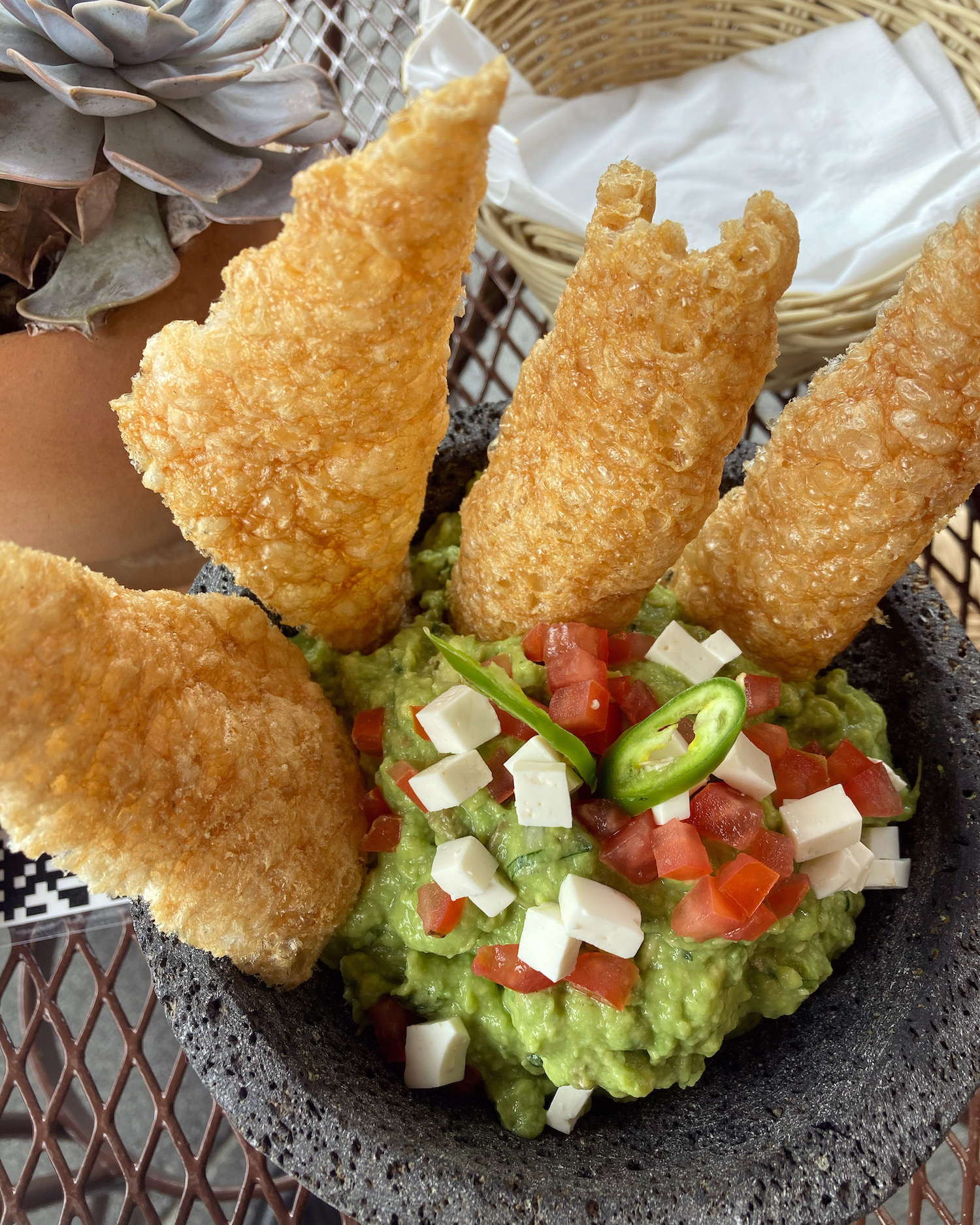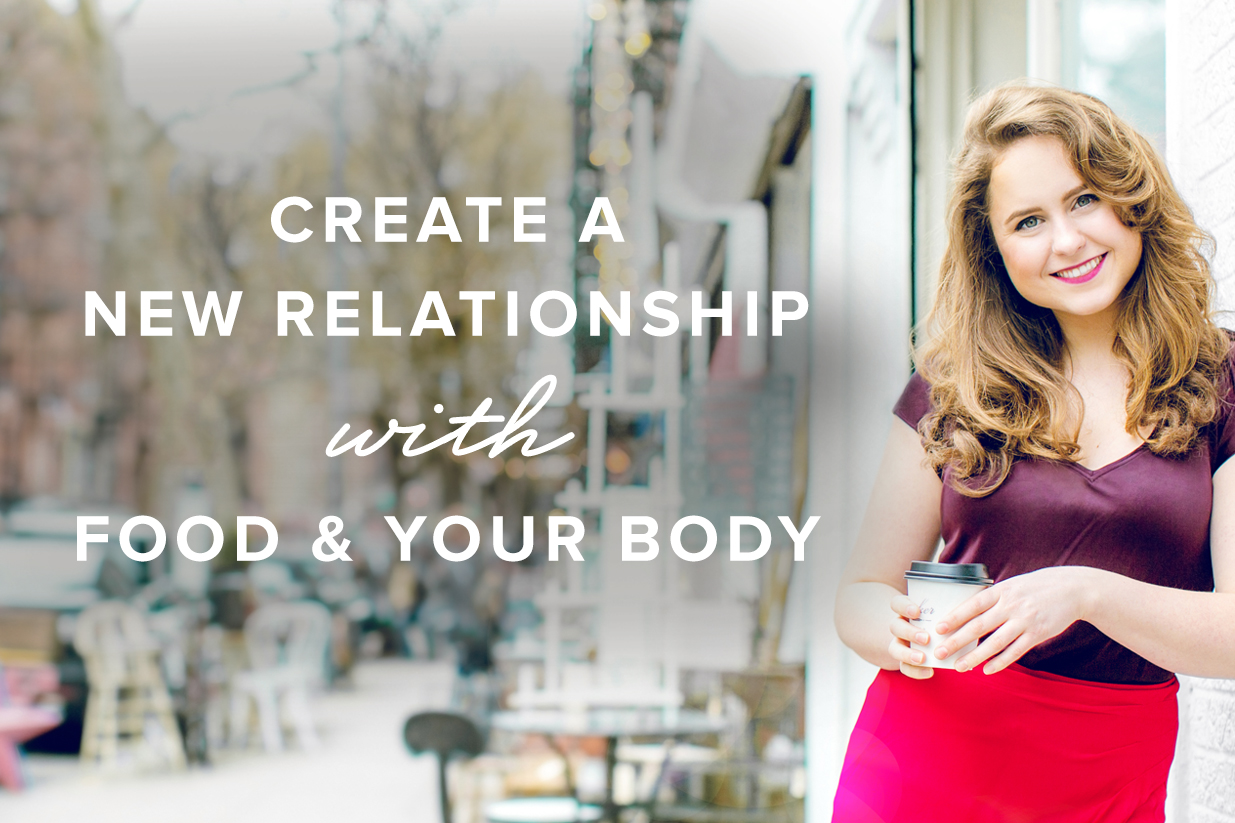Is Emotional Eating Actually a Problem?

Everyone has emotional ties with food: Your Mom’s pasta bolognese, Dad’s scrambled eggs, or Grandma’s cinnamon rolls.
Food is not just fuel – food is culture, love, connection, and celebration.
Preaching food as fuel is narrow-minded at best and ignorant at worst:
1. It belittles centuries of culture.
2. Shames people who are struggling with overeating or undereating.
3. Leaves a massive opportunity for healing on the table.
Emotional eating is not inherently problematic, it’s just misunderstood.
There’s nothing wrong with a celebratory ice cream cone – even if you’re not hungry.
Sure, there are emotions associated with it, but the difference is whether you’re using the ice cream to numb or cope with unfelt emotions.
In a celebratory situation, that’s often not the case.
Using ice cream every night to soothe sadness, anger, or fear is a different story… and the fact is, ice cream can’t actually soothe you in any sustainable way.
The sugar rush and crash actually lead to higher emotional volatility.
If you’re using ice cream to cope with your emotions, you’re giving it a job it can’t do.
When we fully acknowledge that food IS emotional, we can work within that frame, rather than ignoring that truth and shaming ourselves for not having “self-control.”
When we remember that food is emotional, we can anticipate the ways we might misuse it.
Only then can we begin to heal, rather than sidestepping the very nature of food and continuing to blame ourselves.
So how can we work WITH the fact that food is emotional, and stop using it to manage our emotions?
1. When you notice a desire to use food to cope, take three deep breaths.
Really fill your body with oxygen, letting your stomach expand fully on the inhale, and relax completely on the exhale.
2. Identify how you’re feeling.
Use 1-3 specific words to describe your current emotional state.
Speak them out loud, or write them in your journal.
3. Give yourself space to process.
Dance to one song, meditate for 5 minutes, or talk to a friend for 15 minutes.
Simply give yourself space to be with your emotions without judging them.
Let them come up fully, then after you’ve felt them to completion, let them go, imagining them melting off your body and flowing down into the earth beneath you.
After this process, circle back and identify how you’re feeling, in 1-3 words.
Notice if you still want to eat the same food in the same quantity, or if your desire has shifted.
If the answer is no, move on, if the answer is yes, enjoy it, and focus on chewing, pausing, and breathing, so you can fully experience it.
On a moment-to-moment basis throughout each day, practice coming back to deep breaths and emotional awareness.
Even if you can’t go through the whole process above, you can always come back to these two simple tools.
Make them your default way of being and notice the shifts that occur.
Increased emotional awareness leads to decreased numbing and coping through food.
Small actions add up to shift the very fabric of who you are and how you operate in the world.
Do you find yourself using food to manage your emotions?
I would love to hear your experience + send you some support below.
XO,
Lula





Very thoughtful and beautiful post and offering.
❤️
Thank you so much for reading! XO